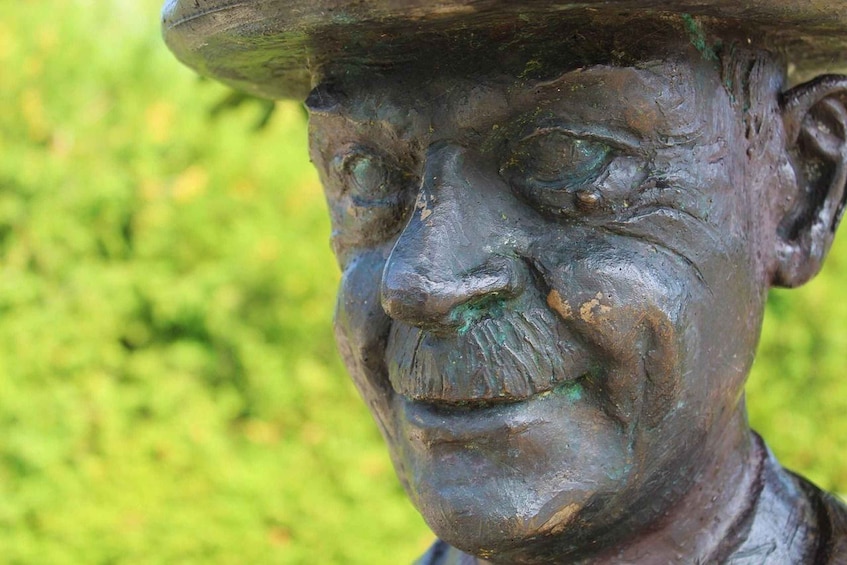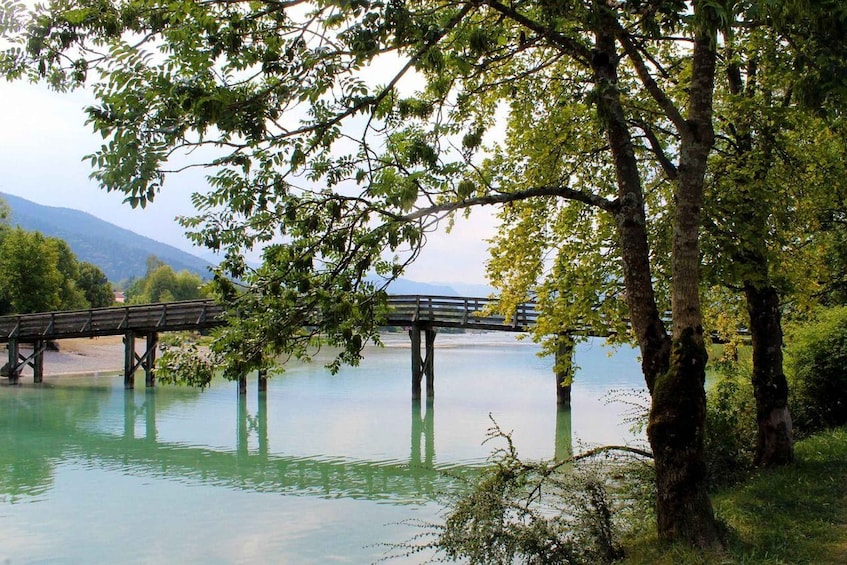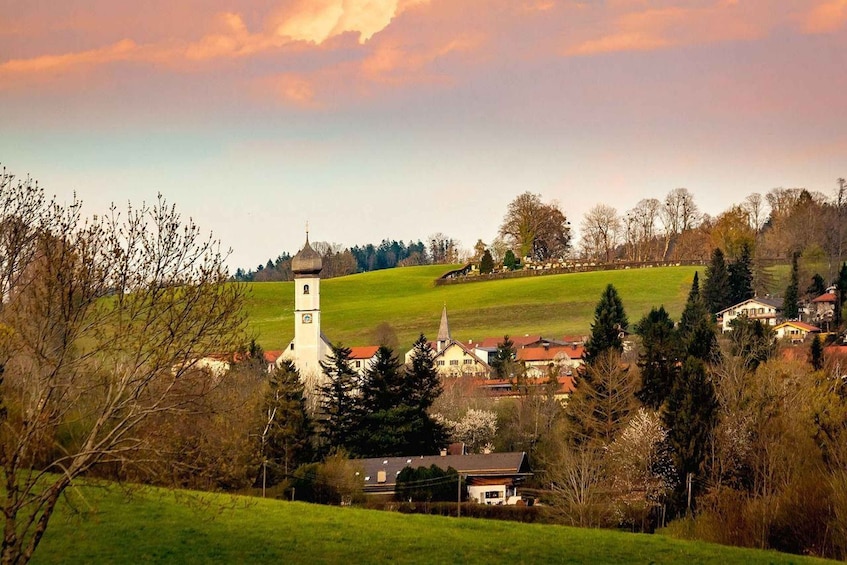Gmund's history is a tapestry of antiquity, tracing back to a time well before the 8th-century establishment of the Tegernsee monastery. With its original parish thriving amidst idyllic rural surroundings, the town's roots run deep. The town's name, derived from “Gimunda” or “Gmündt,” signifies its location at the confluence of the Mangfall River into the lake, fostering the presence of three watermills by the 13th century. The influence of Bavaria's oldest school within the Tegernsee monastery played a crucial role in shaping Gmund's development. Its legacy is marked by early aristocratic tourism, a 19th-century industrial surge, and notable contributions to the iconic Walhalla monument. With the arrival of the railway in 1883, Gmund transformed into a bustling tourism hub, intersecting long-distance cycling routes and hiking trails and serving as the terminus of the Munich waterway.
Embark on a guided exploration of Gmund's historic town, where you'll immerse yourself in the stories of its residents, craftsmen, and architectural wonders. Meandering through the charming streets, you'll encounter an abundance of sculptures, fountains, and architectural marvels that rekindle the legacies of the town's distinguished luminaries. A deeper dive into the backgrounds and notable achievements of figures such as Ludwig Erhard, Hanns Reiffenstuel, Max Obermayer, Ferdinand von Miller, and Johann Mannhardt sets the stage for your exploration. Your journey includes a visit to the magnificent St. Ägidius Church, a symbol of Baroque architectural excellence, as well as a rare glimpse into the enigmatic Totenkeuchl and the tranquil cemetery, both revealing the town's rich history, which is as culturally captivating as it is aesthetically enthralling.




